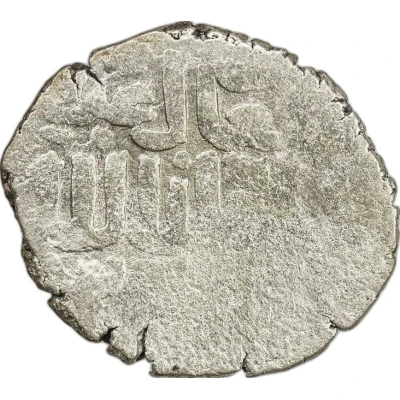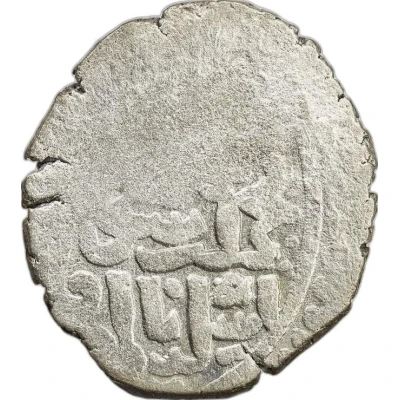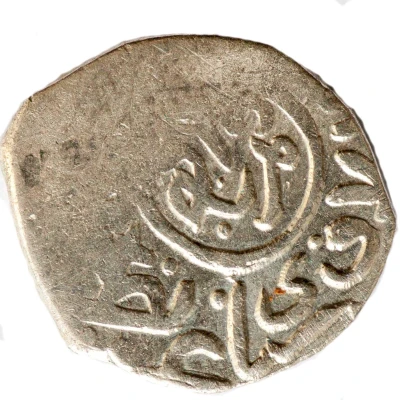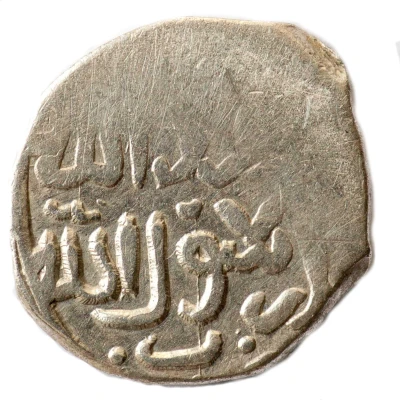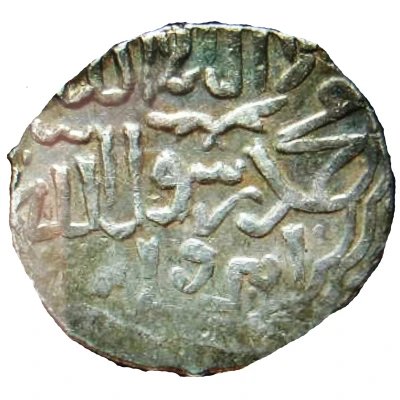
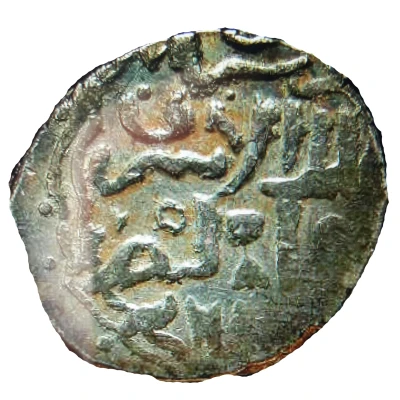

Dirham - al-Ashraf Barsbay Dimashq
| Silver (.945) | 2.47 g | 17 mm |
| Issuer | Mamluk Sultanate |
|---|---|
| Sultan | Barsbay (1422-1438) |
| Type | Standard circulation coin |
| Years | 825-841 (1422-1438) |
| Calendar | Islamic (Hijri) |
| Value | 1 Dirham (0.7) |
| Currency | Dinar (1250-1517) |
| Composition | Silver (.945) |
| Weight | 2.47 g |
| Diameter | 17 mm |
| Shape | Round (irregular) |
| Orientation | Coin alignment ↑↓ |
| Demonetized | Yes |
| Updated | 2024-10-05 |
| Numista | N#81820 |
|---|---|
| Rarity index | 93% |
Reverse
Script: Arabic
Comment
MamluksWhite warrior slave common in Muslim states from around the 9th century until the 19th century . "Mamluk" is Arabic for white slave, and the word is related to the word for king, "malik", indicating that a Mamluk was a slave owned by the ruler of a state.
Mamluks were slaves that were meant to form a solid foundation for the ruler of a country. Tribal frictions and a weak state, had resulted in numerous revolutions in many states. The system of Mamluks intended to change this. Young boys were enslaved in countries far away, and then underwent rigid training before they joined the army of the state. As many of them came from Christian countries, they were converted to Islam . The Mamluks formed an institution in the state, and clear regulations were imposed on their rights. By principle the children of a Mamluk could not become a Mamluk, positions could not be transferred to relatives, and the rights to transfer inheritance was strictly regulated.
In reality, the Mamluk at times proved to develop into an organization so strong that it was able to overthrow the ruler of the country. This happened in Egypt in 1250, leading to the Mamluk dynasty which existed as an independent country until 1517, and as a subject to the Ottoman Empire until 1811.
Also, the laws regulating on Mamluks were often not well respected and also lifted.
The definition of Mamluks as slaves was never changed, not even when the Mamluks became sultan . But the ownership definition was changed, and the Mamluk organization was understood as the real owner of the slaves.
Interesting fact
One interesting fact about this coin is that it was minted during the reign of al-Ashraf Barsbay, who was the last great Mamluk sultan and known for his military campaigns and administrative reforms. Despite being made of silver, the coin weighs only 2.47 grams, which is relatively light compared to other coins of similar composition. This may suggest that the coin was intended for everyday use and circulation, rather than being a ceremonial or commemorative coin.
